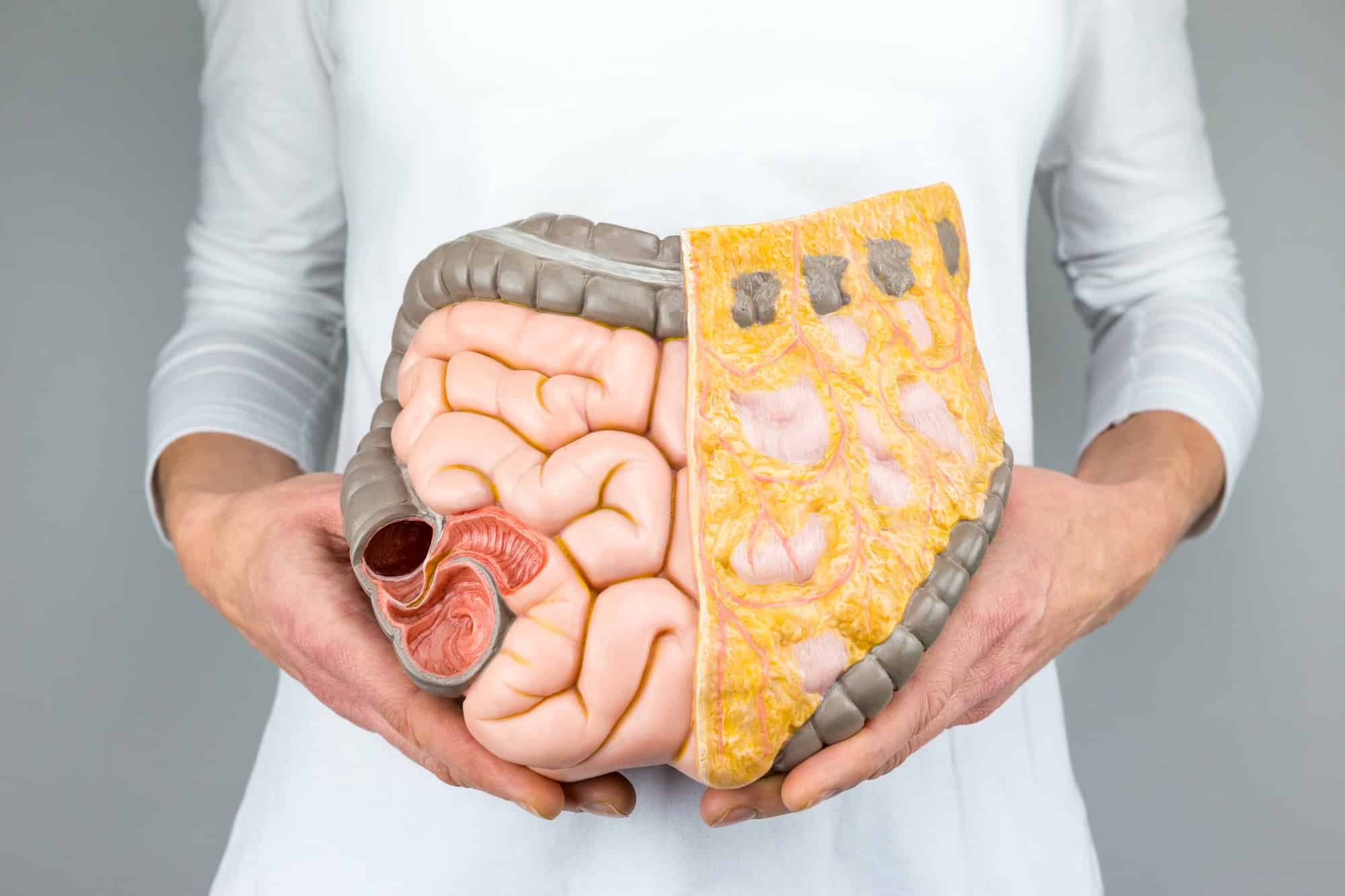What We Now Understand About Dietary Fats and Good Health
In the early 1990’s, clinical research was changed the way we looked at dietary fats. We had been taught that carbohydrates (sugar) was bad for us, but we didn’t start to understand the impact of cholesterol on our health.
Cardiovascular experts warned that too much cholesterol could lead to arterial plaque, which contributed to narrowing of our veins and arteries, restricting blood flow, increasing hypertension (blood pressure) and with it, an increased risk for heart attack and stroke, and type 2 diabetes.
In the past ten years however, nutritionists and health experts have learned that not all fats are harmful to our health. And some types of fat are essential for energy, tissue repair and our immune system. Is fat really good for you? In moderation, yes. But you need to avoid the sources of dietary fat that are not beneficial, to manage a healthy body weight and moderate cholesterol levels.
What Kind of Fats Are Harmful to Our Health?
Let’s start with the ‘bad guys’ of dietary fat, because they are what we want to avoid wherever possible for good health. There are actually two classes of fats that have a negative impact on our health, and they convert most easily into abdominal fatty deposits.
- Trans Fats
Trans fats are strongly linked to an increase in the risk for developing certain types of diseases; specifically, heart attack and stroke. Even when you restrict the quantities of trans fats in your diets, they still increase your risk factors, and they should be avoided as much as possible.
Trans fats are found in foods that have hydrogenated oil, which is commonly used in many convenience and processed foods, such as potato and tortilla chips, fried foods, margarine and most baked goods including cookies, pie crusts and shortening. Flavored creamers are also surprisingly high in unhealthy trans fats (so choose the fat-free versions).
Another thing to remember about trans fats, is that they also work against your body and lower your good cholesterol levels. Low-density lipoproteins (LDL) are the leading cause of hardened arteries.
- Saturated Fats
This second type of dietary fat isn’t as bad as trans fats, but they can still be harmful for your health. These represent foods that do not need to be avoided, but should be consumed in moderation, and they include:
- Dairy products (butter, cheese and ice cream)
- Red meat
- Pork and lamb meat
- Processed meats like pepperoni, salami or cold cuts
- Palm oil
- Fresh chicken (skin-on)
It would be pretty hard to completely avoid all those foods (and who can live without ice cream?). The most important thing to remember when you are trying to eat well, lose weight or maintain a healthy body weight, is to consider the appropriate portion size and frequency that you consume them, and moderate your intake of saturated fats.
Targeting Healthy Dietary Fats with Nutritional Benefits
In a healthy and balanced diet, about 20 to 35% of your total calories should be sourced from fats, but only 10% of them should be sourced from saturated fats. The secret to balancing your healthy versus unhealthy facts, is knowing which ingredients, cooking methods and snacks are better nutritional options.
Good cholesterol is part of the building blocks of cellular health. It helps build the structure of cell membranes, and it is essential for balancing hormones like testosterone, oestrogen, and adrenal hormones. Your metabolism relies on good cholesterol, or high-density lipoprotein (HDL), and it is also vital to the healthy functioning of the digestive system, helping the body to absorb other important nutrients through bile acids.
When you are looking at the labels of many of the processed foods you buy, pay close attention to the amount of trans fats or saturated fats, and calculate that by serving size. If it is a snack or ingredient you indulge in frequently, consider trying other alternatives to lower your intake of harmful cholesterol. Balance your diet with more healthy foods, that contain HDL fats instead. Learn the difference between micro and macro nutrients.



























